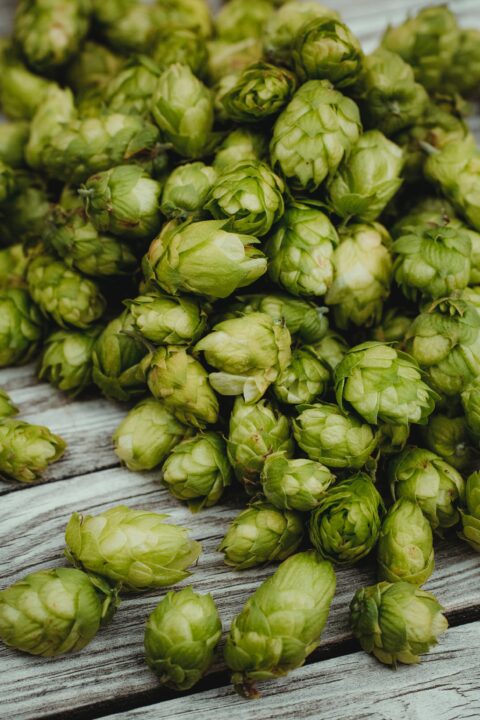Through The Eyes Of An Optimist
We are on the cusp of the year 2010. Remember just 10 years ago, when Y2K was on everyone’s minds? Some thought disaster was looming. I had a friend who was so worried computers would all go haywire because they couldn’t compute “2000” and would disrupt virtually every aspect of her life, she filled empty milk jugs with water — just in case she needed them.
I don’t know where you live, but that scenario never played out here. I really wasn’t too worried, although my friend pled a good case for impending disaster.
Let’s fast forward to today. What is our current dilemma? The first thing that pops in my mind is the economy. At the very least things are not good. There have been a few bright moments, and the hope is there will be more of them, but as of right now, too many people are out of work and too many consumers are tightening their purse strings. That is not a good combo platter.
In spite of this, I am optimistic about the coming year for vegetable growers. Why? Because food isn’t an impulse purchase or something people buy on a whim because they have some extra cash. We all have to eat.
Creating Efficiencies
Over the course of the year, some growers have said they have been slightly insulated from some of the major economic woes, because “people have to eat.” As the year wore on, however, many had to make adjustments on the farm to remain viable. Taking innovation to heart, they examined how they operate and worked to find efficiences in everything they do — from the crops they grow, to production practices, all the way to marketing strategies.
I spent a few minutes looking back at American Vegetable Grower’s 2009 issues. The growers we covered are great examples of those who aren’t sitting around waiting for things to get better. They opted to take a proactive approach.
For example, in January, we featured CY Farms in New York. This operation has nearly 6,000 acres of not only vegetables but also forage crops. As input costs are a big expense, CY limited the amount of fertilizer applications, doing less broadcast and more banded fertilization. The farm also placed more
emphasis on soil testing.
Also in New York, Ed Hansen Farms, the winner of this year’s Grower Achievement Award, was the first operation in the state to have passed all aspects of the USDA third-party food safety audit. On the marketing side, this 2,500-acre vegetable and field crop farm expanded to become a nationwide fresh market cabbage supplier. The Hansens also have a state-of-the-art storage facility, allowing them to have storage cabbage available from December through June.
Smaller growers aren’t sitting idly by, either. In July, we featured Ohio’s Brenckle Farms on the cover. This operation produces a wide variety of crops on 150 acres and pays attention to consumer eating patterns to determine what to grow. The Brenckles also opted to capitalize on the locally grown trend, and got involved in the local farmers market.
It is critical that growers follow some of these examples and pay close attention to details. The end result is you will not only be prepared to tackle what lies ahead, you may become a leader in the industry.
There is no reason not to be optimistic about 2010.










